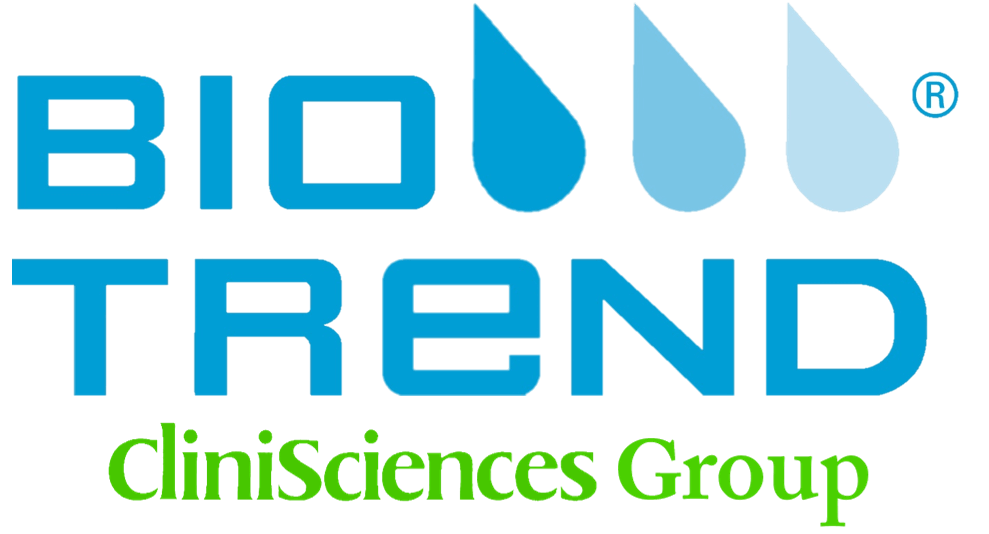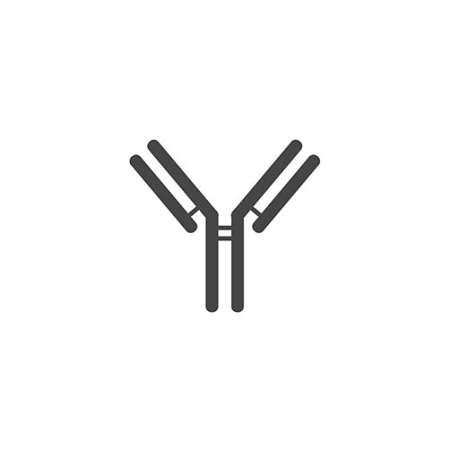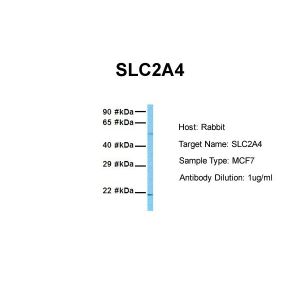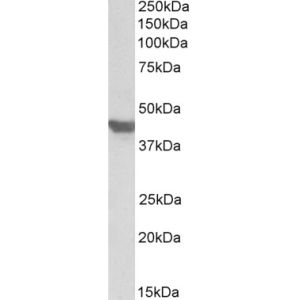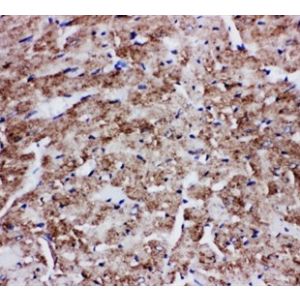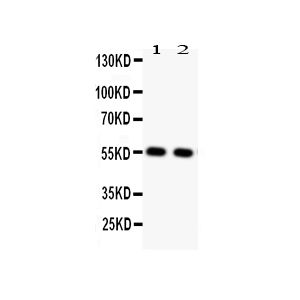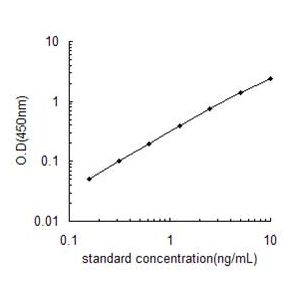SLC2A4 Antibody - N-terminal region : HRP
Katalog-Nummer ARP43785_P050-HRP
Size : 100ul
Marke : Aviva Systems Biology
| Datasheets/Manuals | Printable datasheet for anti-SLC2A4 (ARP43785_P050-HRP) antibody |
|---|
| Predicted Species Reactivity | Human, Mouse, Rat, Cow, Dog, Goat, Guinea Pig, Horse, Rabbit, Zebrafish |
|---|---|
| Product Format | Liquid. Purified antibody is supplied in high phosphate PBS, 100 mm phosphate, 150 mM NaCl, pH 7.6. |
| Clonality | Polyclonal |
| Host | Rabbit |
| Conjugation | HRP: Horseradish Peroxidase |
| Application | WB |
| Reconstitution and Storage | All conjugated antibodies should be stored in light-protected vials or covered with a light protecting material (i.e. aluminum foil). Conjugated antibodies are stable for at least 12 months at 4C. If longer storage is desired (24 months), conjugates may be diluted with up to 50% glycerol and stored at -20C to -80C. Freezing and thawing conjugated antibodies will compromise enzyme activity as well as antibody binding. |
| Immunogen | The immunogen is a synthetic peptide directed towards the N terminal region of human SLC2A4 |
| Purification | Affinity Purified |
| Predicted Homology Based on Immunogen Sequence | Cow: 100%; Dog: 100%; Goat: 100%; Guinea Pig: 100%; Horse: 100%; Human: 100%; Mouse: 93%; Rabbit: 100%; Rat: 100%; Zebrafish: 79% |
| Peptide Sequence | Synthetic peptide located within the following region: LQFGYNIGVINAPQKVIEQSYNETWLGRQGPEGPSSIPPGTLTTLWALSV |
| Concentration | 0.5 mg/ml |
| Blocking Peptide | For anti-SLC2A4 (ARP43785_P050-HRP) antibody is Catalog # AAP43785 (Previous Catalog # AAPP25374) |
| Reference | McGee,S.L., (2008) Diabetes 57 (4), 860-867 |
|---|---|
| Gene Symbol | SLC2A4 |
| Gene Full Name | Solute carrier family 2 (facilitated glucose transporter), member 4 |
| Alias Symbols | GLUT4 |
| NCBI Gene Id | 6517 |
| Protein Name | Solute carrier family 2, facilitated glucose transporter member 4 |
| Description of Target | SLC2A4 is a member of the solute carrier family 2 (facilitated glucose transporter) family and functions as an insulin-regulated facilitative glucose transporter. In the absence of insulin, this integral membrane protein is sequestered within the cells of muscle and adipose tissue. Within minutes of insulin stimulation, the protein moves to the cell surface and begins to transport glucose across the cell membrane. Mutations in this gene have been associated with noninsulin-dependent diabetes mellitus.This gene is a member of the solute carrier family 2 (facilitated glucose transporter) family and encodes a protein that functions as an insulin-regulated facilitative glucose transporter. In the absence of insulin, this integral membrane protein is sequestered within the cells of muscle and adipose tissue. Within minutes of insulin stimulation, the protein moves to the cell surface and begins to transport glucose across the cell membrane. Mutations in this gene have been associated with noninsulin-dependent diabetes mellitus (NIDDM). Publication Note: This RefSeq record includes a subset of the publications that are available for this gene. Please see the Entrez Gene record to access additional publications. |
| Uniprot ID | P14672 |
| Protein Accession # | NP_001033 |
| Nucleotide Accession # | NM_001042 |
| Protein Size (# AA) | 509 |
| Molecular Weight | 55kDa |
| Protein Interactions | UBC; FAR1; P3H1; FKBP10; ESYT2; GNL3L; CRNKL1; STRN3; ARFIP1; SDF2L1; P3H4; KLHL41; PDIA6; MVP; RAB7A; UBE2N; PSMD7; PRKAR1A; NSF; IDH1; HSP90AA1; HK2; GAPDH; DLD; CTSD; SERPINH1; BSG; ARF5; ARF3; ACTN1; ACTN4; ACOX1; DSK2; UBI4; C1QTNF5; MAP1S; EHD2; UBE |
